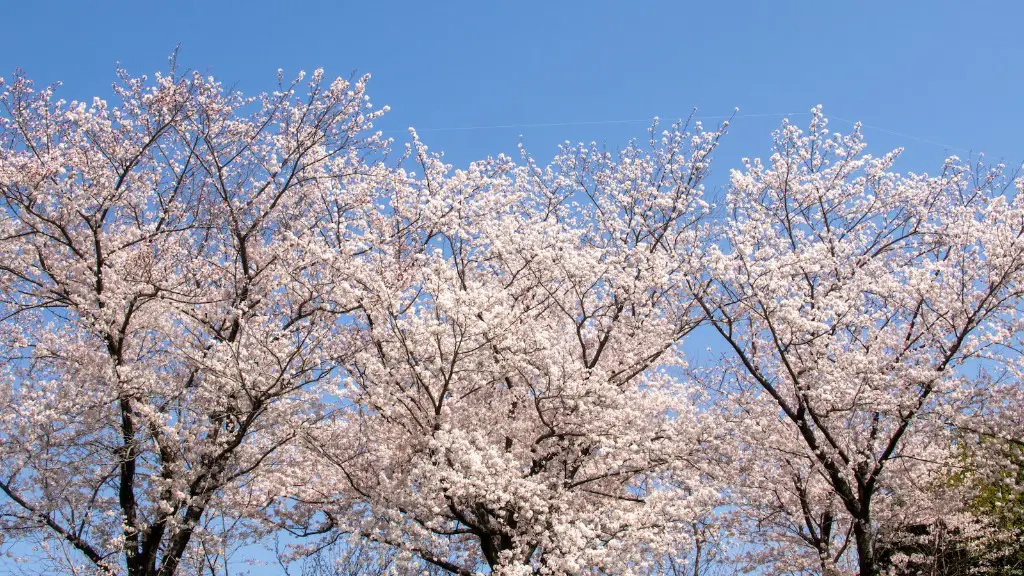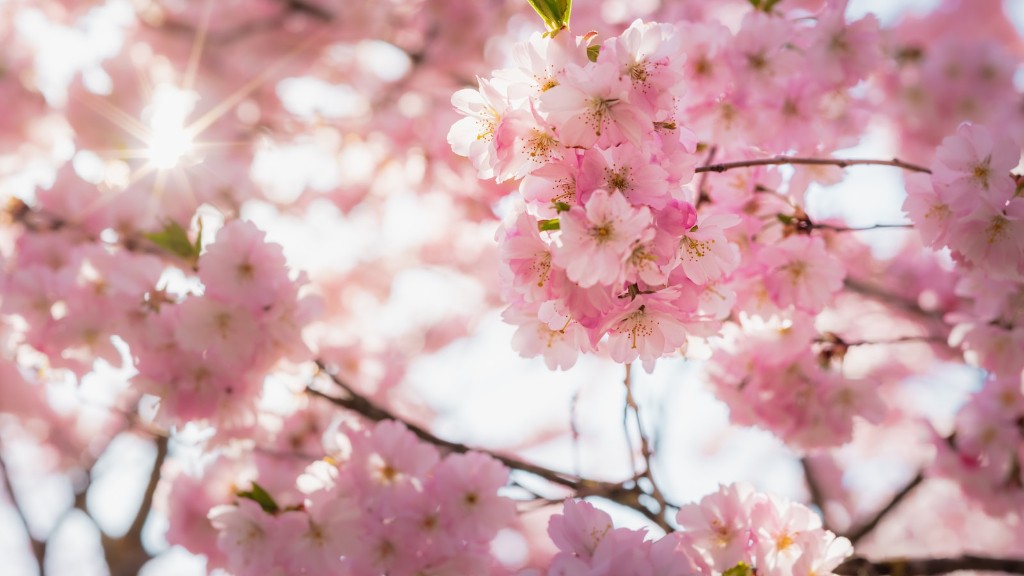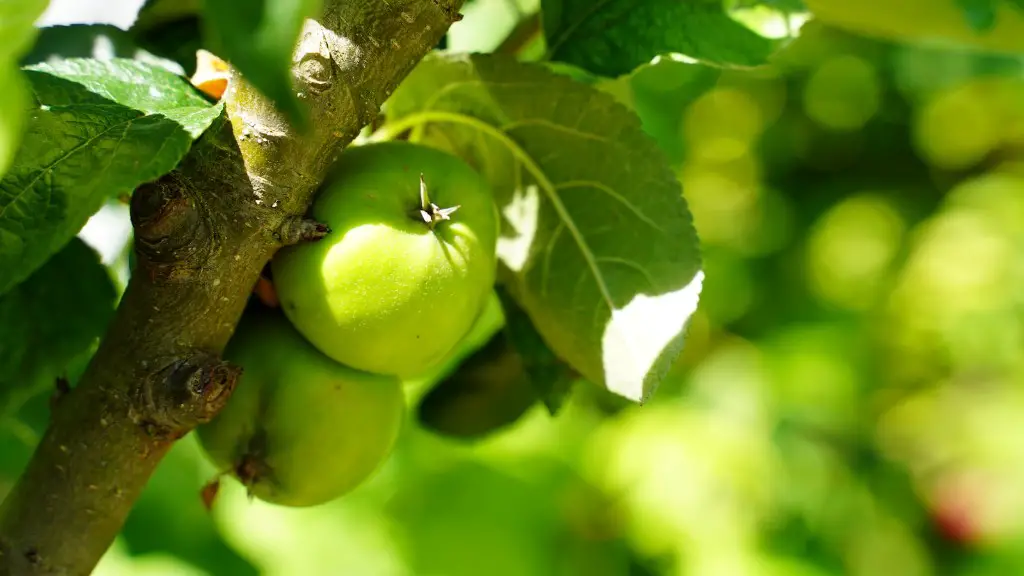If you’re hoping to add a tropical touch to your home, indoor palm trees are a great option. And while it might seem like a daunting task, with a little bit of know-how, it’s actually quite easy to plant a palm tree in a container.
First, choose a palm tree that is appropriate for the container you have available. Make sure the container has drainage holes in the bottom, and fill it with a good quality potting mix. Water the mix well before planting your tree.
Carefully remove the palm tree from its current pot, and place it in the center of the new container. Backfill the pot with potting mix, tamping it down gently as you go. Water the palm tree well, and place it in a location where it will receive bright, indirect light.
Can palm trees grow in containers?
While most palm trees thrive in the landscape, there are also quite a few species that are suitable to container gardening. Generally speaking, if you want to grow a palm in a container, select species that are either slow-growing or low-growing which should be able to remain in the same container for 2-4 years.
When it comes to palm plants, the best soil is a loose, porous mixture. This could be a combination of peat moss, leaf mold, and shredded bark. If you can’t find a palm soil mixture specifically made for growing palm plants, don’t worry – they’ll still do fine in a general-purpose commercial potting soil. Just make sure the potting soil is loose and porous so that the roots can easily spread and take in nutrients.
How big of a planter do I need for a palm tree
When choosing a pot for your plant, be sure to select one that is no more than ⅓ larger than the root ball of the plant. This will ensure that the plant has enough space to grow, but not so much space that the roots become crowded.
Water your container plants deeply and thoroughly to promote healthy root growth. Plants exposed to sun and wind in outdoor containers dry out faster than plants in the ground; they may need daily summer watering.
How long do potted palm trees last?
The average lifespan of a palm tree can vary greatly depending on the species. Some palm trees can only live for forty years, while others can live up to a hundred years. If you are considering planting a palm tree, it is best to do some research on the different types to find one that will suit your needs.
Mulching small palms with a layer of chopped leaves is a great way to protect them during a cold snap. However, make sure you don’t cover the entire plant completely, as this can cause the palm to suffocate.
Is Miracle Gro potting mix good for palms?
This type of potting mix is specially formulated to be used with cactus, palm, citrus, and succulent plants. It contains forest products, sand, and perlite to help prevent soil compaction and improve drainage.
If your tree’s leaves are browning at the tips, it may just be stressed. Be sure to consult a professional to get a proper diagnosis, as well as care instructions. It’s also acceptable to trim leaves that are fully brown, dead, or dying. However, as with any tree, you never want to trim too many leaves at one time to avoid over-stressing the tree.
Do potted palm trees need fertilizer
Fertilizing palms is critical to keeping them healthy. Palms can suffer from a number of conditions if they do not get the nutrients they need from the soil. The most common nutrient deficiency in palms is potassium, which can cause older leaves to turn yellow.
If you keep your palm tree in a container sitting in a saucer filled with standing water, lethal root rot will follow soon after. As much as possible, try to keep the soil evenly moist – and for this purpose, good drainage in your planter is essential.
Is coffee grounds good for palm trees?
Some people use coffee grounds to fertilize their palm trees because the grounds contain nitrogen, phosphorus, magnesium, and copper – all of which are nutrients that the trees need to stay healthy. In addition, coffee grounds can help to increase the acidity of the soil, which is something that palm trees prefer.
A new palm should be watered every day during its first week, every other day during its second week, and then three times a week during its third week. After that, watering should be done only as needed, based on the presence or absence of rainfall.
Can you overwater a newly planted palm tree
Over watering your palm tree can have sad and disastrous consequences. If you don’t correct the problem soon enough, your palm tree will begin to die.
When choosing a pot for your majesty palm, it is important to choose one that is 2-3 inches larger than the root ball. This is because the plant can quickly become root-bound if you choose a smaller pot, and you risk over-watering with a larger pot.
How cold can a potted palm tree survive?
Although palm trees can typically survive in freezing temperatures, the lowest recorded temperature that a palm tree can survive is five degrees Fahrenheit. The reason why they won’t survive below this temperature is that plants are primarily just water. Extremely cold temperatures can result in foliage damage.
Palm trees are a type of plant that is able to tolerate cold weather. Although they cannot withstand long periods of freezing temperatures, they can survive in snowy and frosty conditions. There are many different species of cold-hardy palm trees, each of which has its own unique ability to tolerate the cold.
Conclusion
There are a few things to consider when planting a palm tree in a container. The container should be large enough to accommodate the size of the tree, and have drainage holes to allow for water to drain. The potting mix should be light and airy, to allow for good drainage. The tree should be planted at the same depth as it was in the nursery pot. Once planted, water well and place in a sunny spot.
When it comes to planting palm trees in containers, there are a few things to keep in mind. The first is to choose a large container – at least twice the size of the root ball. Second, use a well-draining potting mix and make sure there are drainage holes in the bottom of the container. Third, give the tree plenty of bright light and water regularly. With a little care, your palm tree will thrive in its new home.





